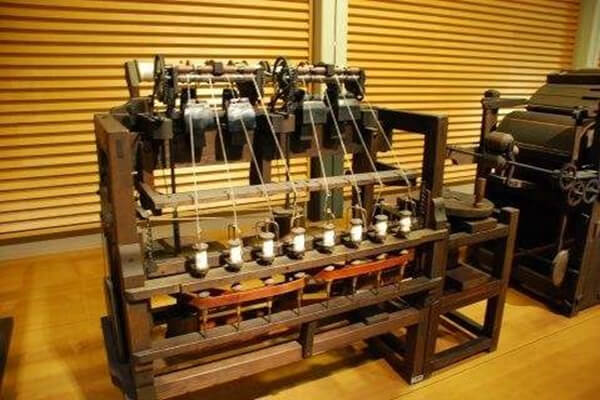© Copyright 1976-2021 Shazhou Textile Dyeing Import & Export Co., Ltd. All rights reserved. Powered by iwonder.cn

China is one of the developed countries in cotton textile production in the world. The southern, southeastern and northwestern frontiers of China are the areas where cotton planting and textile technology developed earlier in the world.
From Song Dynasty to Ming Dynasty, cotton textiles have gradually become the main raw material for people's clothing, and the status of cotton textile industry in the national economy is second only to agriculture.
Ming Dynasty was the most prosperous period of China's handmade cotton textile industry. At that time, cotton cloth was very popular. The raw material of Chinese clothing was silk and hemp, which was taken from cotton. Ming Dynasty cotton fabrics unearthed over the years are very rich, and their varieties and specifications are like those of Yuan Dynasty.
For a long-time cotton cloth production is still woven on the foot slant loom with both hands, so the cloth width is more than a foot, and has not changed. Ming Dynasty cotton cloth production is more, in addition to self-sufficiency a lot of cotton fabric wholesale is possible. In the late Qing Dynasty, "Songjiang Dabu" and "Nanjing Purple Flower Cloth" became the best cotton cloth.
Before the Opium War, the main form of China's cotton textile production was the combination of textile and farming, but there were also small commodity production and workshop handicraft industry with cotton textile as the major form.
After the Opium War, China's handmade cotton textile industry gradually disintegrated and began large-scale industrial production and the cotton fabric price is low.
Before the Opium War, Chinese cotton and cotton cloth were not only self-sufficient, but also exported to Europe, America, Japan and Southeast Asia. American businessmen come to China to sell goods, mainly native cloth, not only to the United States, but also to Central, South America and even Western Europe.
After the Opium War, the imperialist countries began dumping large quantities of cotton yarn and cotton cloth into China, which destroyed China's handmade cotton textile industry, but also prepared objective conditions for the emergence of modern cotton textile industry with large machine production in China.
In 1889, Shanghai Machine Weaving Layout was established, with 35000 spindles and 530 looms. It was the beginning of China's establishment of Machine-made Cotton Textile Mill. Since then, China's own cotton textile mills have emerged in coastal areas one after another.
Later, due to Japanese imperialist aggression and civil war, China's cotton textile industry suffered several setbacks and was dying until the founding of the People's Republic of China.
On the road of vigorous development. By 1980, the cotton textile industry had reached 17.8 million spindles and more than 500,000 cloth machines. It has become an industry of great importance to the national economy, and the output of spinning 1000 spindles has reached the first in the world.